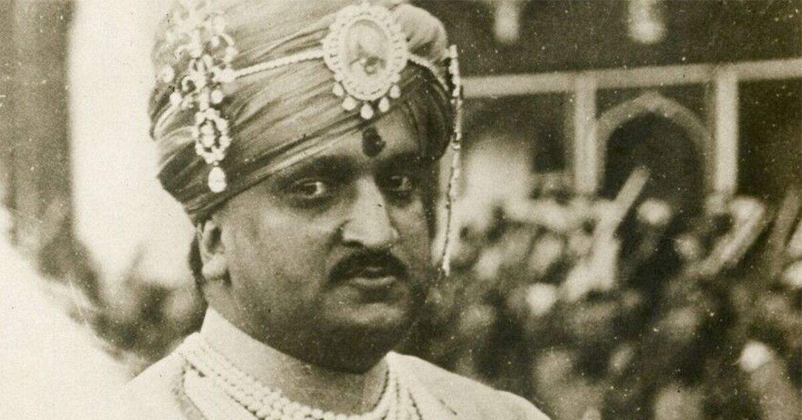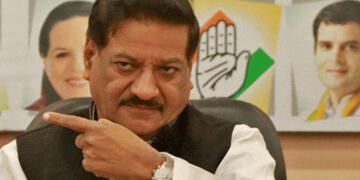After a long wait, the delimitation exercise in Jammu & Kashmir is about to complete in less than a year. Chief Election Commissioner of India Sushil Chandra informed the media about the exercise and said that there will be 7 more assembly constituencies in the state.
Most of these new constituencies are expected to be in the Jammu region of the state because its population has grown faster as compared to the Kashmir region, and historically it was discriminated against by the Muslim rulers of the state in carving out the constituencies as well as allocation of funds. This increased representation would improve the weightage of Jammu and may pave the way for a Hindu CM in a state that had never witnessed a Hindu leader at the top since Dogra rulers acceded to the Indian state.

“In 2020, the delimitation was constituted to carry on the exercise on the basis of 2011 Census as per Section 62 of Jammu and Kashmir Reorganisation Act, 2019. Twenty four seats of the legislative assembly of Union Territory of Jammu and Kashmir shall remain vacant and the said area shall be excluded in delimiting the territorial constituency as provided under part V of Jammu and Kashmir Reorganisation Act, 2019,” Mr Chandra said.
Currently, Jammu and Kashmir has a total of 111 constituency segments out of which 24 seats are designated for the territorial constituencies of the state that are administered by Pakistan since 1947. These seats remain officially vacant as per section 48 of the state constitution. Therefore, only 87 seats are filled or contestable in the Jammu and Kashmir assembly. Out of these 87 seats, the Kashmir valley region has 46 seats, the Jammu region has 37 seats and the Ladakh region had only 4 seats (it has now been separated as UT).
After accession to India, the State Constituent Assembly was constituted under Maharaja’s Constitution of Jammu & Kashmir, but Sheikh Abdullah’s administration arbitrarily carved out 30 seats for the Jammu region and 43 seats for the Kashmir region, and two seats for the Ladakh region. This disproportionate allocation of seats was carried forward in the following delimitations.
Now, these historical wrongs would be corrected and delimitation would be done based on the 2011 census and keeping the current administrative practices in mind.
“In 1995, there were 12 districts. The number has gone up to 20 now. The number of tehsils has gone up from 58 to 270. In 12 districts, constituency boundaries are extended beyond the district’s limit. There is an overlapping of districts as well as the tehsils in constituencies. Such facts indicate that the public faces inconvenience due to such anomalies,” said Chief Election Commissioner.
ReadMore: The 149 years old Winter and Summer Capital system in Jammu and Kashmir comes to an end
According to the 2011 census, the total population of the Jammu Division was 5,378,538 of which Dogras were the dominant group comprising 62.55 per cent of the population. Jammu has 25.93 per cent of the area and 42.89 per cent of the population. Against this, the Kashmir Division population in 2011 was 6,888,475 with 96.40 per cent Muslims. Though it has 15.73 per cent of the state’s area, it holds 54.93 per cent of the population.
Delimitation in Jammu and Kashmir has long been one of the Indian nationalists’ biggest demands as they pushed for the region of Jammu to have its rightful representation and not just be the winter capital wherein politicians look for a warmer alternative amidst the icy winters of Kashmir. Hindu right-wing also hopes to see a chief minister from the minority community, that is a Hindu Chief Minister for once, and this might come true after the delimitation exercise.
































For past 74 years there is not one chief minister from the minority community in J&K. That’s the actual discrimination and damage done to the people of minority community in J&K.